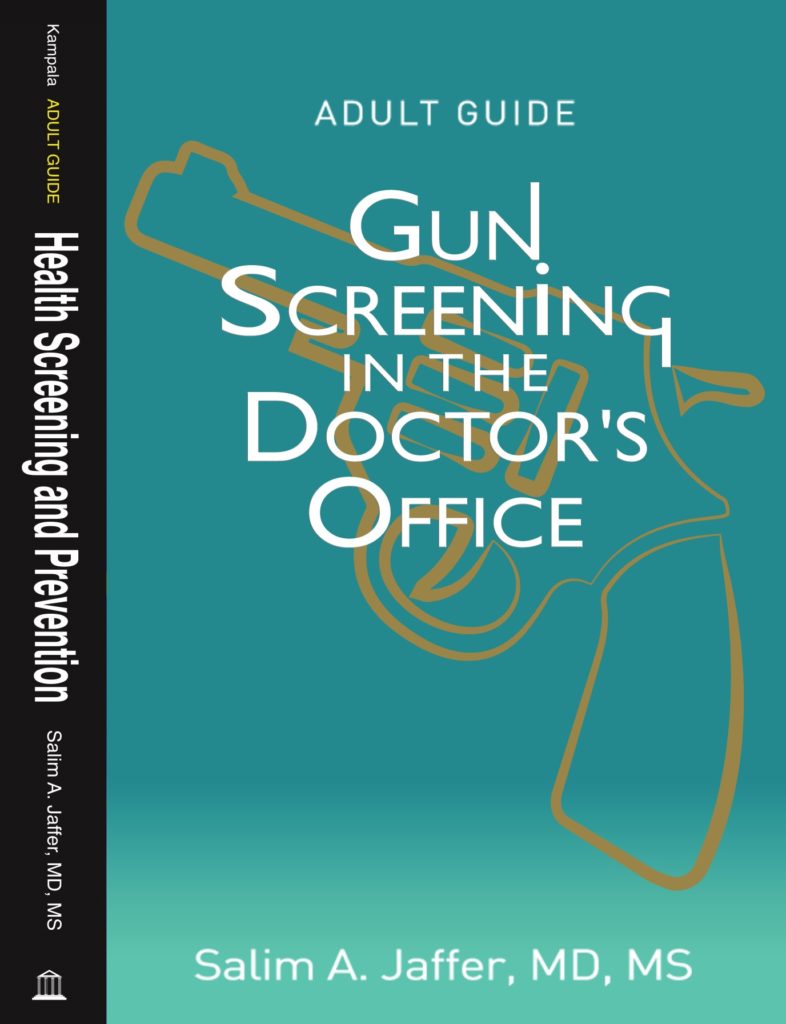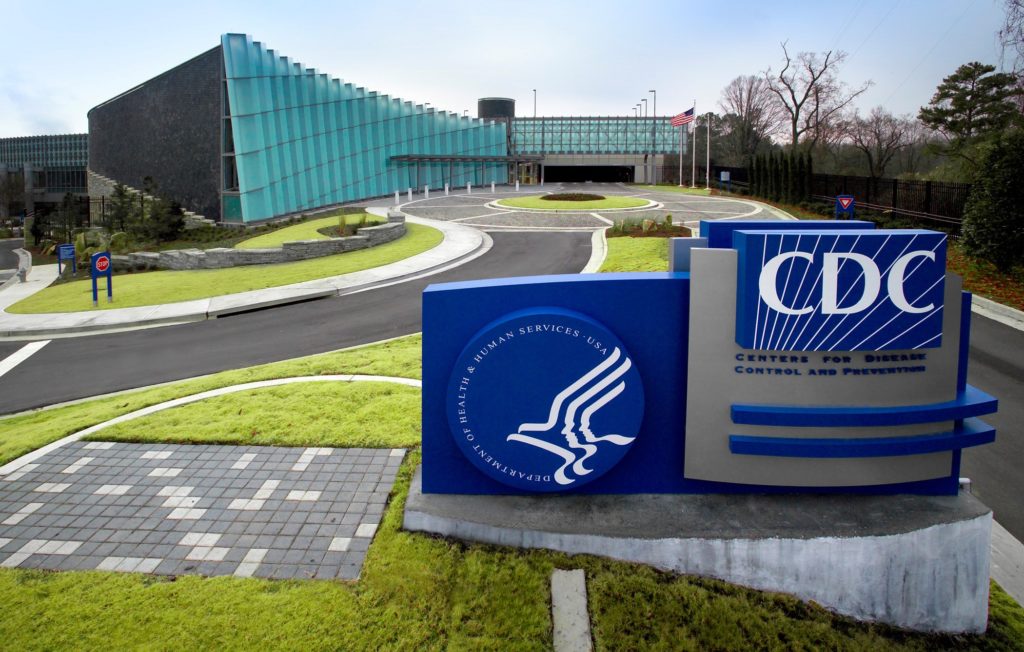It’s hard to determine exactly what Trump’s executive order waiving enforcement of large swaths of the Affordable Care Act means for Americans. Since Trump signed an executive order to minimize the “financial burdens” of Obamacare, there has been relatively little headway into what exactly happens next. It’s not possible to simply dismantle the ACA through an executive order due to the number of laws and regulations wrapped up in it. Essentially, more actions will need to be taken before significant change takes place.
However, that doesn’t mean Obamacare is safe. The ACA is under attack by Republicans in congress, who are currently attempting to draft a replacement plan, though the new President has repeatedly insisted they move faster and put something in place sooner rather than later. In the meantime, it’s unclear what, exactly, a Republican plan would look like, despite several proposals being currently considered.
The main danger Trump’s executive action signals is to the provisions penalizing individuals for lack of care. Without this penalty in place, experts seem to believe that insurance companies will simply pull out of many markets, leaving large “dead zones” without coverage.
However, there has already been some pushback against a quick repeal or replacement, even from some Republicans. Many Americans rely on the healthcare offered by the ACA, and would be left without coverage if Obamacare gets repealed or replaced by a substandard system. GOP governors, in particular, are part of a growing voice urging congress to reconsider a full repeal of the ACA, especially the expanded Medicaid provisions that have proven very popular and successful with their constituents.
In the end, we have yet to see a comprehensive Republican-approved plan fully materialize. While Trump’s executive actions could signal the beginning of the end for the Affordable Care Act, we will have to wait and see what is offered up in its place – if anything.

